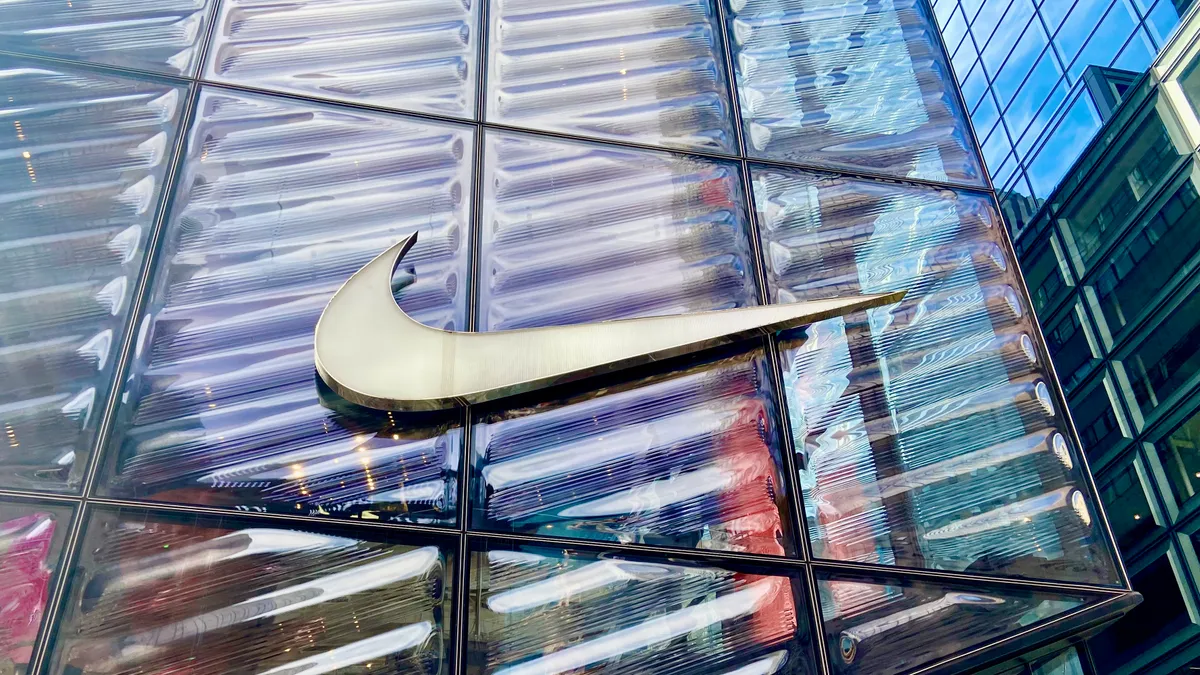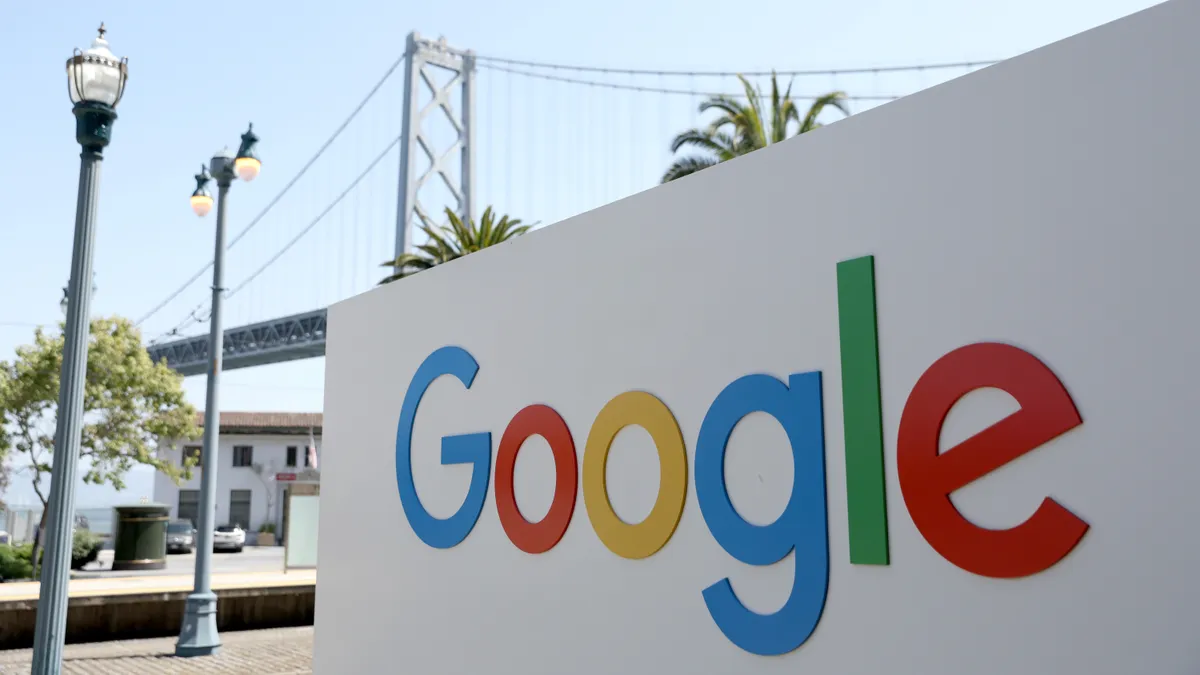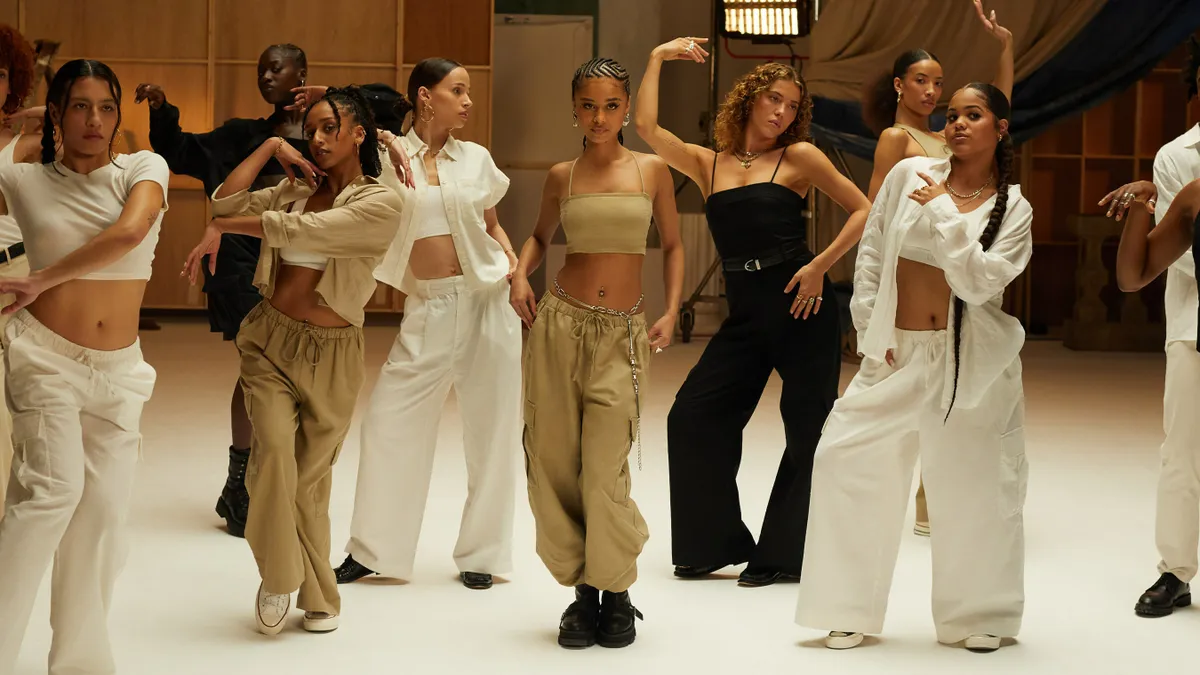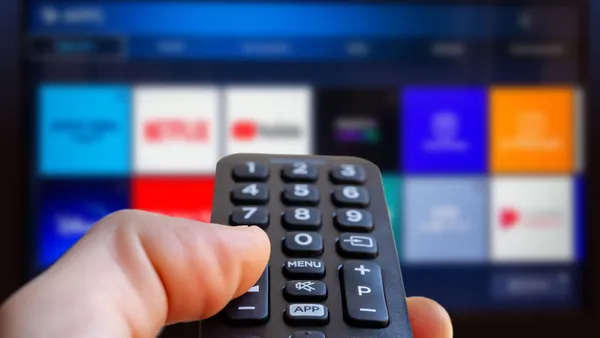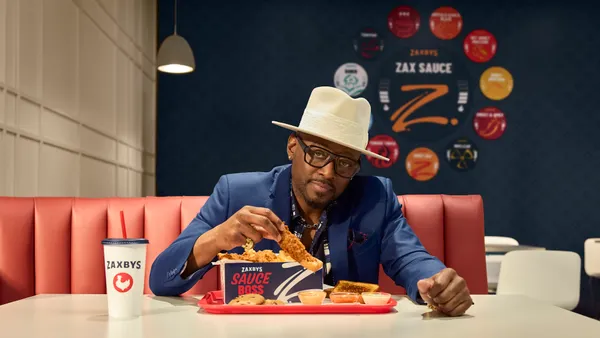Dive Brief:
- Nike is moving more dollars away from performance marketing toward brand building, with sports receiving fresh focus as a North Star, executives said when discussing the company’s latest earnings results.
- Long-term sports partnerships are a pillar of the strategy, with leadership calling out recently extended agreements with leagues like the NBA, WNBA and NFL. Upping the brand’s ground game in key regions is another way Nike is looking to reestablish its connection with consumers.
- In line with the pivot away from lower-funnel performance marketing, Nike said it would cut back on promotional discounts to shore up a positioning as a premium, full-price brand. Nike, which appointed a new CEO in September, is fighting to return to growth after a period of slumping sales and waning cultural relevance.
Dive Insight:
Nike for the past year-plus has worked to address an overswing toward direct-to-consumer channels and an accompanying neglect of brand building. Discussing the company’s fiscal Q2 2025 results with investors, executive leadership was more explicit about winding down performance marketing and promotional activity to realign around the upper-funnel tactics that originally helped turn the sportswear brand into a cultural icon.
“We’re starting to shift dollars from performance marketing to brand marketing,” said CEO Elliott Hill, who took on the top job from John Donahoe in September. “We will invest in our fields of play, because that’s where we drive our product innovation, our newness, our distinction.”
Nike’s revenues declined 8% year over year to $12.4 billion in Q2, with its Nike Direct digital business down 13% and wholesale slipping 3% over the period.
In the past two months, Nike has reupped deals with leagues including the NFL, NBA, WNBA, Brazil Football Confederation and FC Barcelona, long-term relationships it sees as crucial to rediscovering its sports marketing mojo. Ground game in key countries and cities is also top of the agenda to engage “everyday athletes and influencers,” per Hill. Nike’s flagging ground game has been linked to its loss of share in once-staple categories like running, where trendy upstarts such as Hoka have found stronger purchase with consumers.
While the readjustment toward brand building is not an entirely new direction for Nike, CFO Matthew Friend said that the pace of change is accelerating. What is new, specifically, is the reduction in promotional activity in favor of a full-price model and slashes to performance marketing spend. The former approach will require liquidating a lot of existing inventory while the latter will cut down on Nike’s reliance on paid traffic, Friend said.
Nike has already started laying the groundwork for its return to bolder creative. Around the Summer Olympics, it launched a massive “Winning Isn’t for Everyone” campaign with longtime agency partner Wieden + Kennedy that featured aggressive messaging about the unapologetic drive that powers elite athletes. An extension centered on running, “Winning isn’t Comfortable,” was named Ad Age’s best campaign of the year, a recognition that executives called out on the earnings call as evidence that the brand’s approach is resonating.
“Ultimately, with sports as our North Star, we will reenergize our culture and identity,” said Hill on the investor call. “We believe we have one of the strongest mission statements of anyone, and that is to bring inspiration and innovation to every athlete in the world.”



